Pilates Anatomy
£8.33 Original price was: £8.33.£3.99Current price is: £3.99.
- Publisher: Human Kinetics; First edition (March 10, 2011)
- Edition: 2nd, Second Edition
- Authors: Rael Isacowitz , Karen Clippinge
- ISBN-10: 0736083863
- ISBN-13: 978-0736083867
- Publisher: Human Kinetics
- Publication Year: 2011
- Pages: 216
- Reading age: 18 years and up
- Ebook format: PDF
Pilates Anatomy eBook – 5 April 2011
by Rael Isacowitz (Author), Karen Clippinger (Author)
Pilates Anatomy. This title includes Pilates as you’ve never seen it before! With detailed descriptions, step-by-step instruction and stunning full-colour anatomical illustrations, “Pilates Anatomy” takes you inside the exercises and programmes that will tone the body, stabilise the core, improve balance and increase flexibility. Using the original mat work of Joseph Pilates, you’ll see how key muscles are used, how variations and minor adjustments can influence effectiveness and how breathing, alignment, posture and movement are all fundamentally linked.
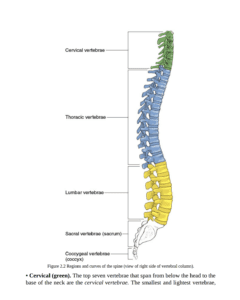 9 Extensions for a Strong Back
9 Extensions for a Strong Back
Cat Stretch One-Leg Kick (Single-Leg Kick)
Double Kick (Double-Leg Kick)
Swimming, Rocking, Swan Dive
Chapter 10 Customizing Your Pilates Program
Bibliography
Suggested Readings
Additional References and Resources
About the Authors
Preface In recent years, a profound evolution of Pilates has occurred. The Pilates industry seemed to reach a tipping point (a point of critical mass) in the mid-to late 1990s, whereby it morphed from a little-known form of exercise with a devout but small following including dancers, singers, circus performers, and actors to a mainstream fitness regimen practiced in many households. It suddenly started appearing in Hollywood movies and television commercials, in cartoons and comedy shows, and on late-night television. It became synonymous with going to Starbucks and indulging in a low-fat triple-shot soy latte (no whipped cream please!).
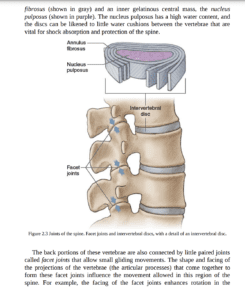 How this happened, why this happened, and to what this phenomenon can be
How this happened, why this happened, and to what this phenomenon can be
attributed remain somewhat of an enigma. However, few can dispute that the
growth of active participants in the United States from approximately 1.7 million
in 2000 to approximately 10.6 million in 2006 is a phenomenon. Worldwide
participation also has exploded.
Of course, all growth comes with growing pains, and the Pilates industry is no
exception. The accelerated education, which is often a part of rapid growth, has
certainly taken hold in Pilates. Although we favour a more comprehensive
approach, the accelerated approach has been one part of the expansion of Pilates
that has led to a multitude of positive outcomes, such as Pilates’ filtering into
many new arenas including fitness clubs, training programs for athletes, and
medical facilities.
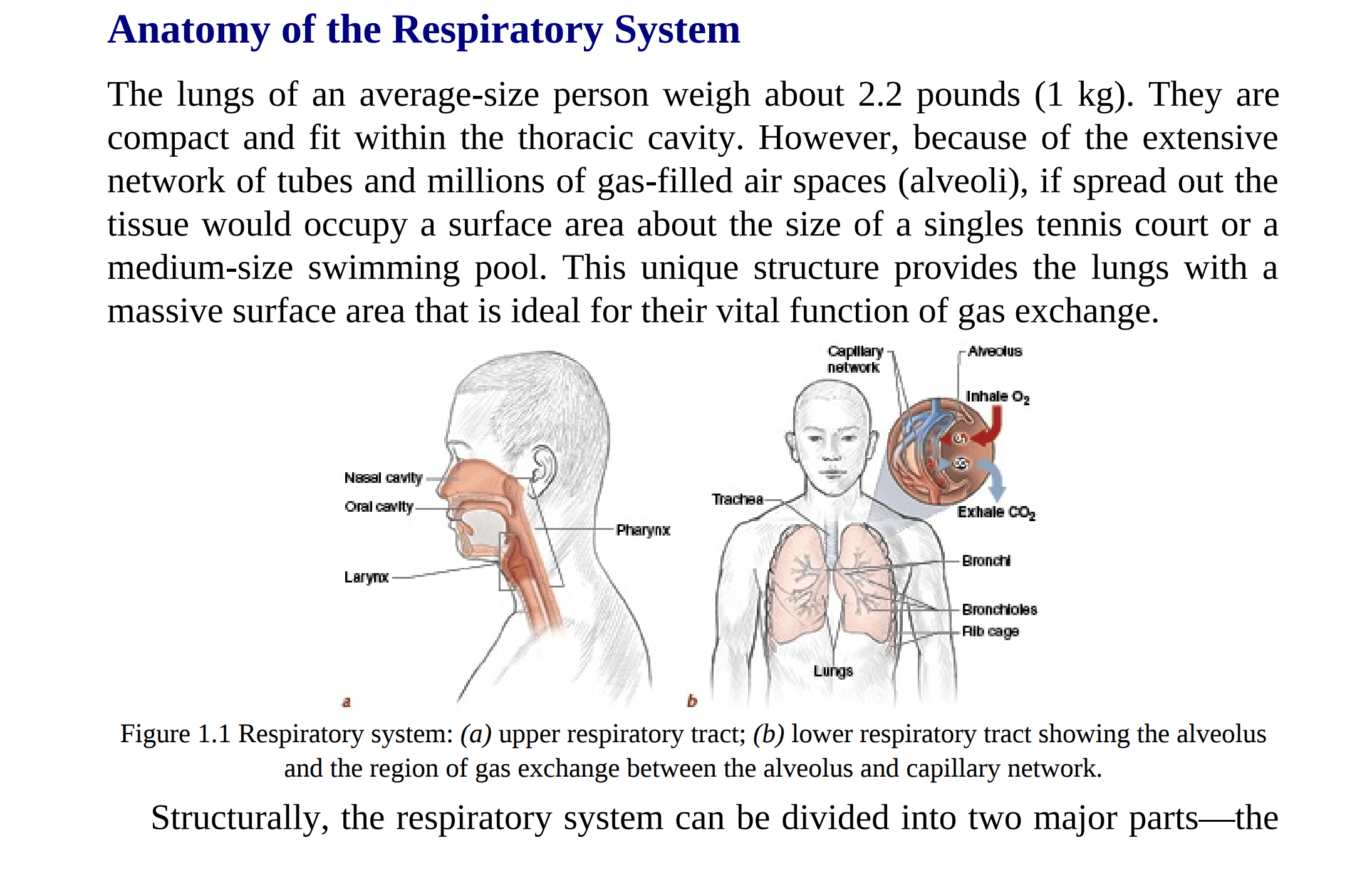 Pilates professionals as having paramount importance in the practice of the
Pilates professionals as having paramount importance in the practice of the
method. Discussions and, at times, disagreements as to a particular breath
pattern, or whether a set breath pattern is necessary at all, may arise. However,
few people would dispute the importance of breath for exercise, and a better
understanding of breathing can help you obtain greater benefits from the
exercises in this book.
The major function of the respiratory system is to deliver oxygen to and remove carbon dioxide from the tissues of the body. Although every cell in the body must have oxygen to live, the body’s need to rid itself of carbon dioxide.
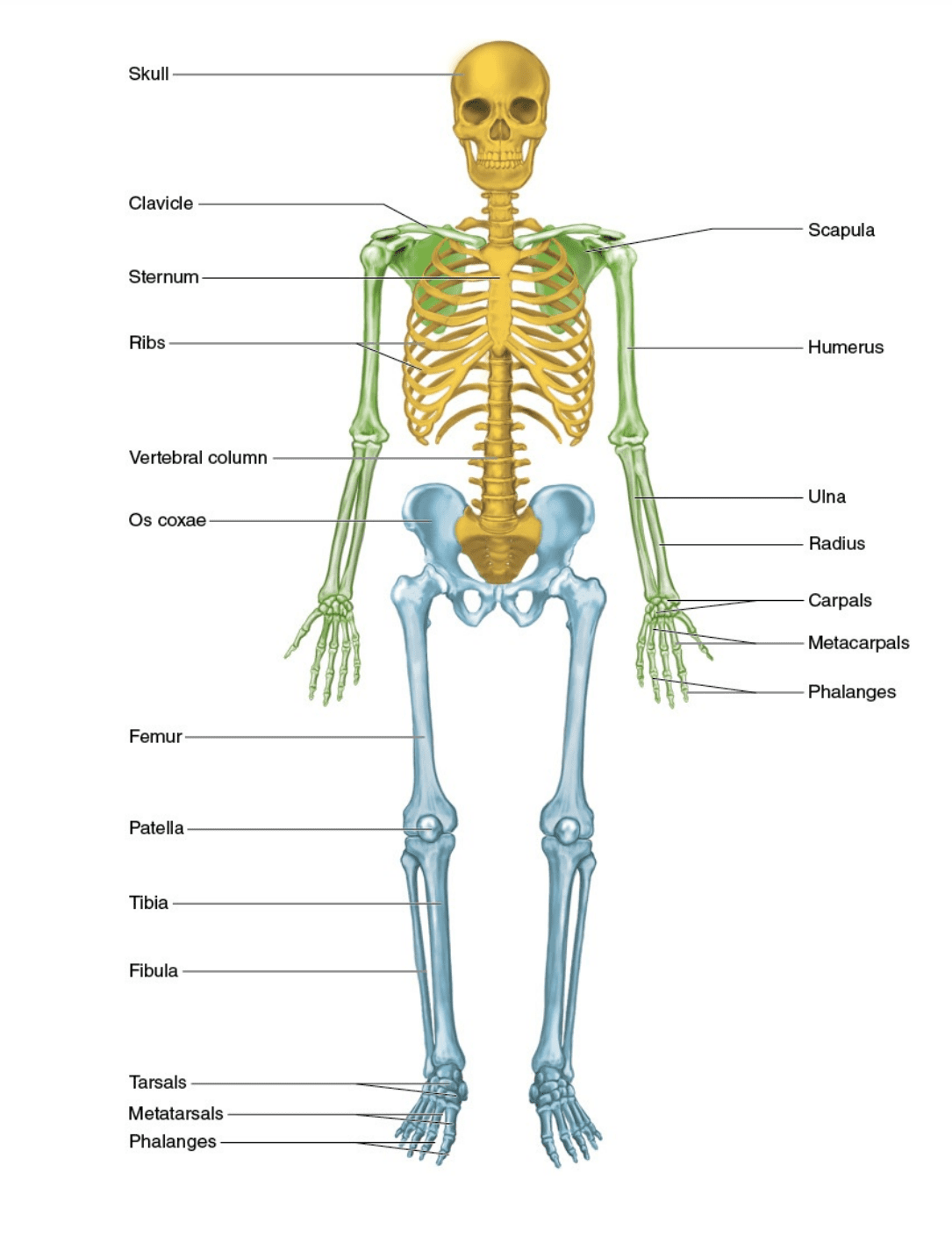 A by-product of cellular metabolism, is the most important stimulus for breathing
A by-product of cellular metabolism, is the most important stimulus for breathing
in a healthy person. At least four processes are involved, collectively termed
respiration. The first two processes, external respiration, involve movement of
external air into the lungs (pulmonary ventilation) and from the lungs into the
blood (pulmonary diffusion), and vice versa. This book will focus on these first
two processes. The next two processes involve the transport of gases by the
circulatory system to tissues such as muscles and the exchange of oxygen and
carbon dioxide between the capillary blood and tissue cells.
Exercise Notes
Rocking shares the goal of exercises such as Rolling Back (page 100)—maintain the trunk in the same shape while it rolls through space. However, unlike Rolling Back, in Rocking the spine is maintained in a position of extension rather than flexion. Maintaining an arched position of the trunk requires highly skilled use
of many muscles, including the spinal extensors and hip extensors. It also
requires skilled use of the abdominals to reduce stress on the lower back. This exercise should be done only after proficiency has been gained in the exercises described earlier in this chapter. Even if proper technique is used, because of the high level of spinal hyperextension inherent in this exercise, it is not appropriate for many people. Although it provides strong benefits for back extensor endurance and core stability for appropriate people, it should not be performed if
you experience back discomfort or if this degree of extension is contraindicated for your back. The extreme position used in this exercise also provides dynamic flexibility benefits for the shoulder flexors, hip flexors, and spinal flexors.
From the Publisher

Your illustrated guide to mat work for core stability and balance
This is Pilates as you’ve never seen it before!
With detailed descriptions, step-by-step instruction, and stunning full-colour anatomical illustrations, Pilates Anatomy takes you inside the exercises and programs that will tone the body, stabilize the core, improve balance, and increase flexibility.
Using the original mat work of Joseph Pilates, you’ll see how key muscles are used, how variations and minor adjustments can influence effectiveness, and how breathing, alignment, posture, and movement are all fundamentally linked.
Choosing from over 45 exercises, you can target a particular body region and delve deeper to stretch, strengthen, and finely coordinate specific muscles. You’ll also find techniques for breathing, concentration, and self-awareness for a unique exercise experience that enhances your mind and your body.
Step-by-step instruction for over 45 exercises
|
|
|
|
|
|---|---|---|---|
CrabTargeted Muscles: Spinal flexors and anterior stabilizers: rectus abdominis, external oblique, internal oblique, transversus abdominis. |
Spine StretchTargeted Muscles: Spinal extensors: erector spinae (spinalis, longissimus, iliocostalis), semispinalis, deep posterior spinal group. Spinal flexors: rectus abdominis, external oblique, internal oblique. |
Rollover with Legs SpreadTargeted Muscles: Spinal flexors: rectus abdominis, external oblique, internal oblique. Hip flexors: iliopsoas, rectus femoris, sartorius, tensor fasciae latae, pectineus. |
Shoulder BridgeTargeted Muscles: Posterior spinal stabilizers: erector spinae (spinalis, longissimus, iliocostalis), semispinalis, deep posterior spinal group. Anterior spinal stabilizers: rectus abdominis, external oblique, internal oblique, transversus abdominis. Hip extensors: gluteus maximus, hamstrings (semimembranosus, semitendinosus, biceps femoris). Hip flexors: iliopsoas, rectus femoris, sartorius, tensor fascia latae, pectineus. |

‘The Pilates world is fortunate to have this resource.’ — Peter Davis, IDEA
‘Karen and Rael are two of the most respected names in the Pilates field, and Pilates Anatomy brings together their clarity and passion. This book is at the top of my list.’ — Nora St. John, Education Program Director, Balanced Body University.
Pilates Anatomy
Review
“Karen and Rael are two of the most respected names in the Pilates field, and Pilates Anatomy brings together their clarity and passion. This book is at the top of my list.” — Nora St. John, Education Program Director, Balanced Body University
“There is a wealth of information in Pilates Anatomy. The Pilates world is fortunate to have this resource.” — Peter Davis, Cofounder of IDEA Health and Fitness Association and Inner IDEA
“Pilates Anatomy by Rael Isacowitz and Karen Clippinger is an exceptionally well-mapped journey into the muscular anatomy and kinesiology of Pilates exercises. A must-have anatomy book for any serious student of Pilates, Pilates Anatomy will surely appeal to anyone interested in how muscle groups work together in exercise.” — Marguerite Ogle, About.com/Pilates
About the Author
Rael Isacowitz is a world-renowned practitioner and teacher of Pilates. He has over 30 years of Pilates achievement and is a prominent lecturer and teacher at symposiums, universities, and studios around the globe.
Rael earned his bachelor of education degree from the Wingate Institute, Israel, and holds a master of arts degree in dance from the University of Surrey, England. During his career he has worked with numerous Olympians and many professional athletes and dancers.
Rael’s early Pilates teachers included Alan Herdman and thereafter several of the first-generation Pilates teachers (known as the Elders). To Kathy Grant, Ron Fletcher, Romana Kryzanowska, Eve Gentry, and Lolita San Miguel, Rael owes the inspiration and friendship that have guided his career.
Pilates Anatomy
Rael has mastered all levels of the Pilates repertoire and is noted for his unique athleticism and passion for teaching as well as his synthesis of body, mind, and spirit. In 1989, he founded Body Arts and Science International (BASI Pilates), which has developed into one of the foremost Pilates education organizations in the world. At present, BASI Pilates is represented in 20 countries.
Rael has authored the definitive book on Pilates (Pilates, Human Kinetics), published a series of training manuals on all the Pilates apparatus, produced DVDs, designed the revolutionary Avalon equipment, and created Pilates Interactive, the groundbreaking Pilates software. He is a regular contributor to several industry publications. Creativity and energy suffuse his work. For Rael, teaching Pilates is the ultimate gift. Isacowitz resides in Hood River, Oregon.
Karen Clippinger is a professor at California State University at Long Beach, where she teaches functional anatomy for dance, body placement, Pilates, and other dance science courses. She is also on the faculty for Body Arts and Science International (BASI Pilates), where she teaches Pilates certification programs. Furthermore, she teaches continuing education courses for BASI Pilates and other prominent organizations.
Ms. Clippinger holds a master’s degree in exercise science. Her lifelong passion is to make anatomical and biomechanical principles accessible so that people can better understand their bodies, improve technique, and prevent injuries. Her textbook, Dance Anatomy and Kinesiology, exemplifies this mission; reviewers have lauded the book for its combination of scientific comprehensiveness and practical wisdom.
Pilates Anatomy
Before joining academia, Clippinger worked as a clinical kinesiologist for 22 years at Loma Linda University Medical Centre and several sports medicine clinics in Seattle. She has worked with hundreds of professional dancers and elite athletes and consulted for the U.S. Weightlifting Federation, U.S. race walking team, Pacific Northwest Ballet, and California Governor’s Council on Physical Fitness and Sports. During that time she was drawn to Pilates because of its tremendous versatility and profound benefits for people of varying abilities and aspirations.
Clippinger is a renowned presenter in Pilates, dance, anatomy, and biomechanics. She has given more than 375 presentations throughout the United States and in Australia, Canada, England, Japan, New Zealand, and South Africa. Clippinger was also an exercise columnist for Shape magazine for four years. She resides in Long Beach, California.
Pilates Anatomy by Rael Isacowitz and Karen Clippinger.
Be the first to review “Pilates Anatomy” Cancel reply
You must be logged in to post a review.
Related products
Non Fiction
Non Fiction
Non Fiction
Marketing Books
Non Fiction
Computing & Information Technology
Marketing Books



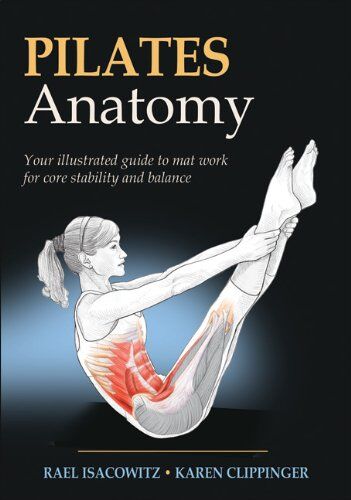
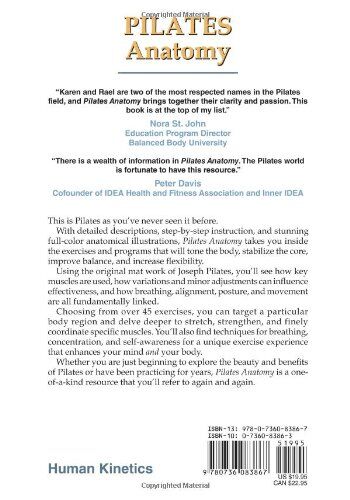
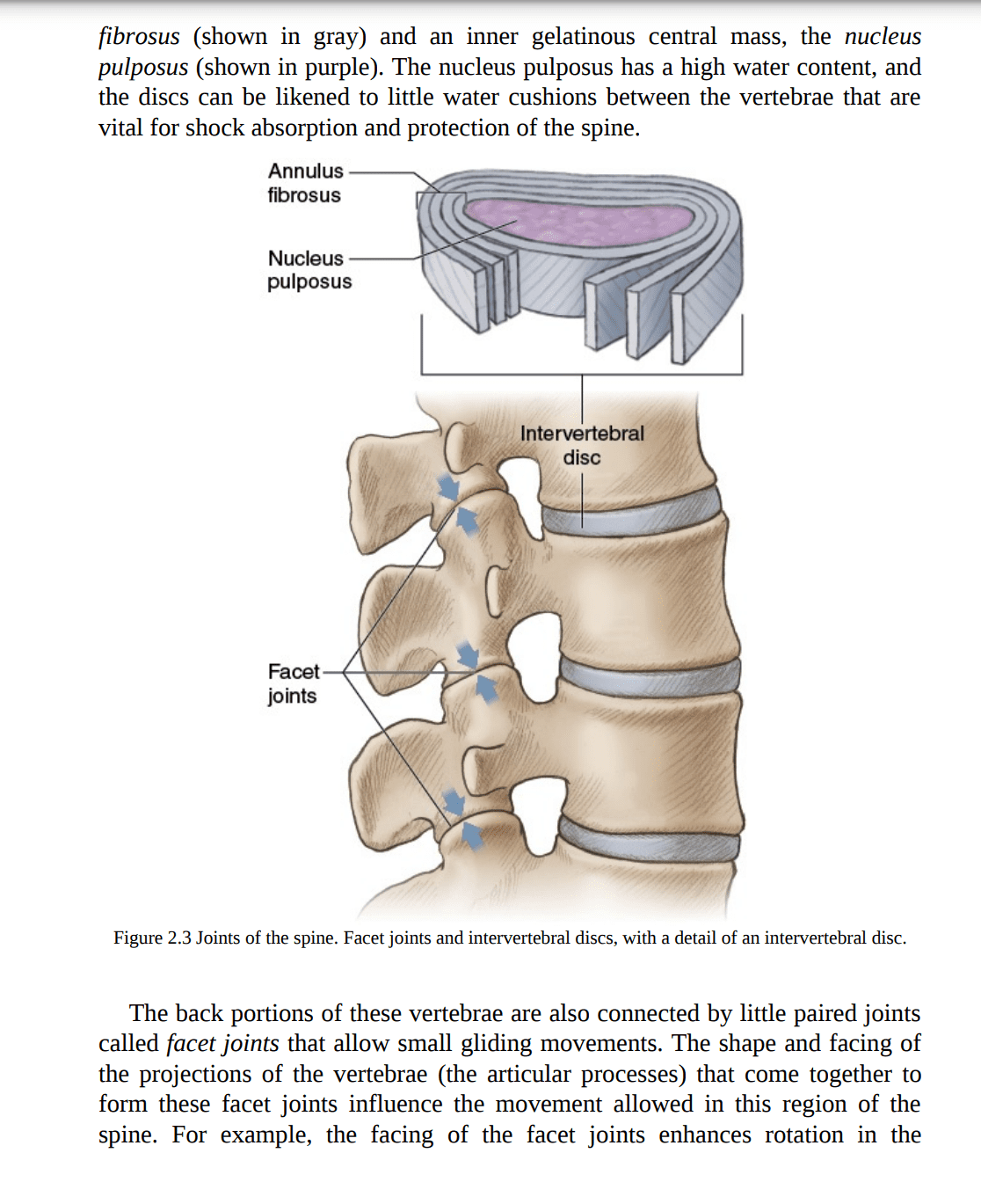
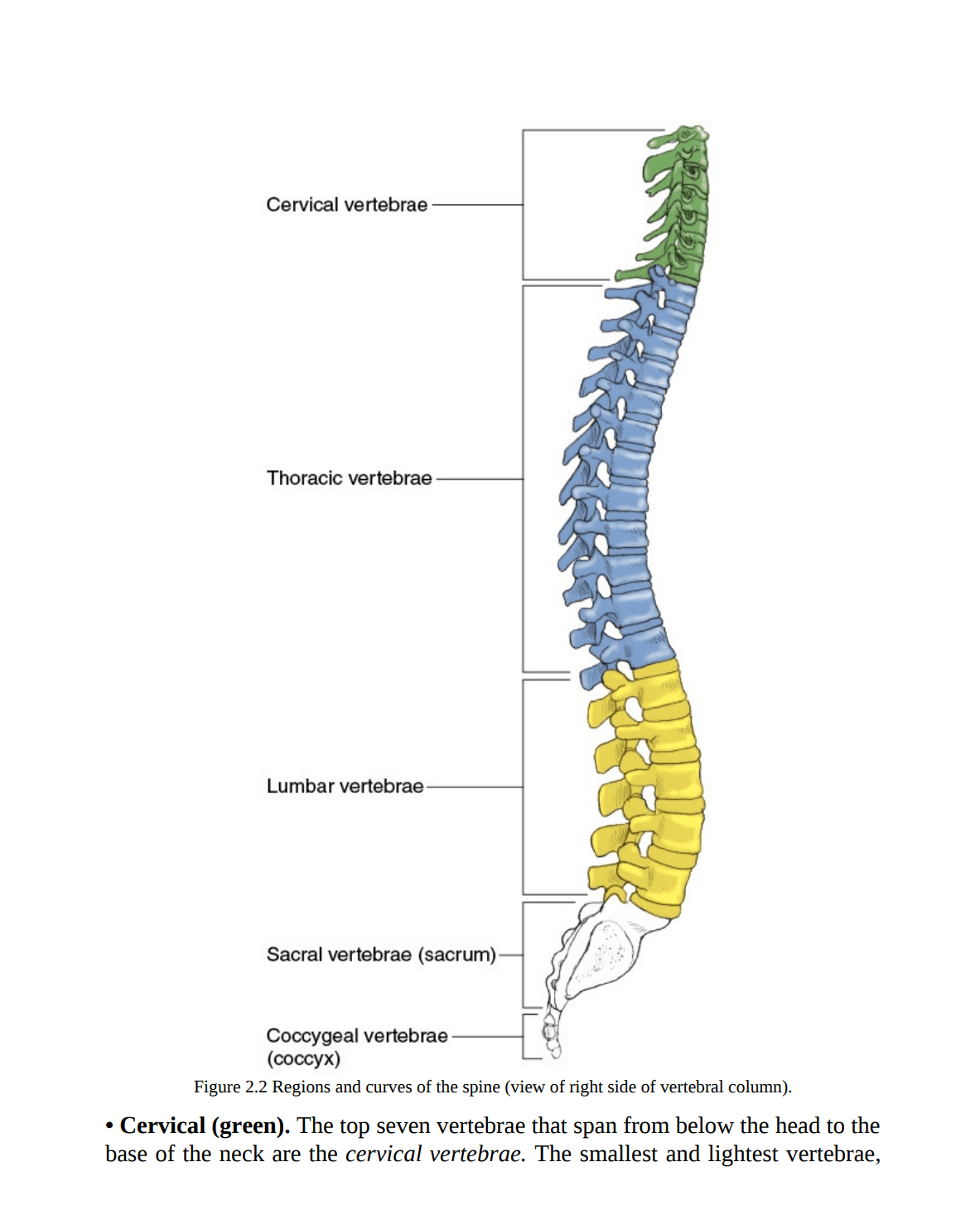
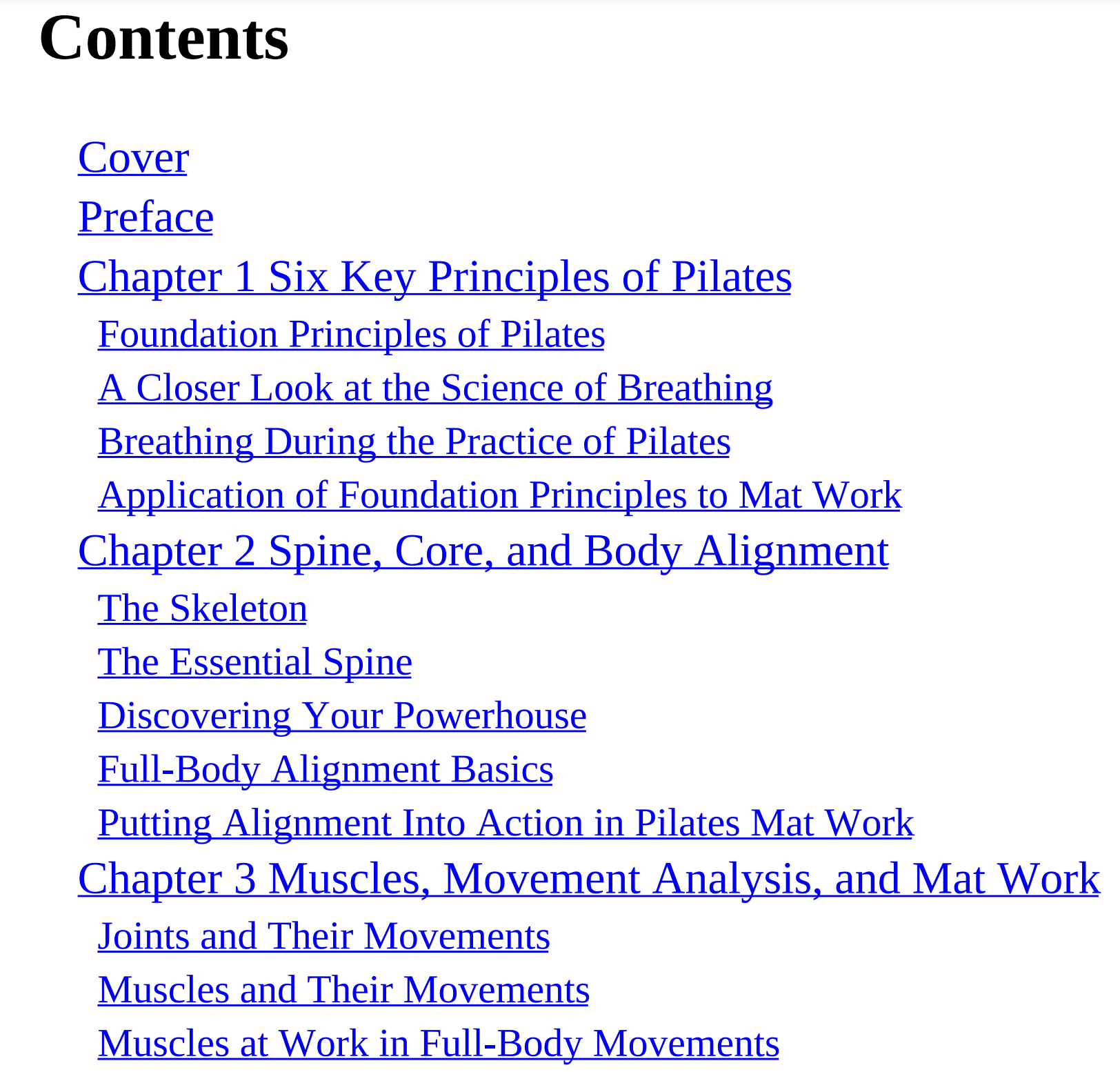
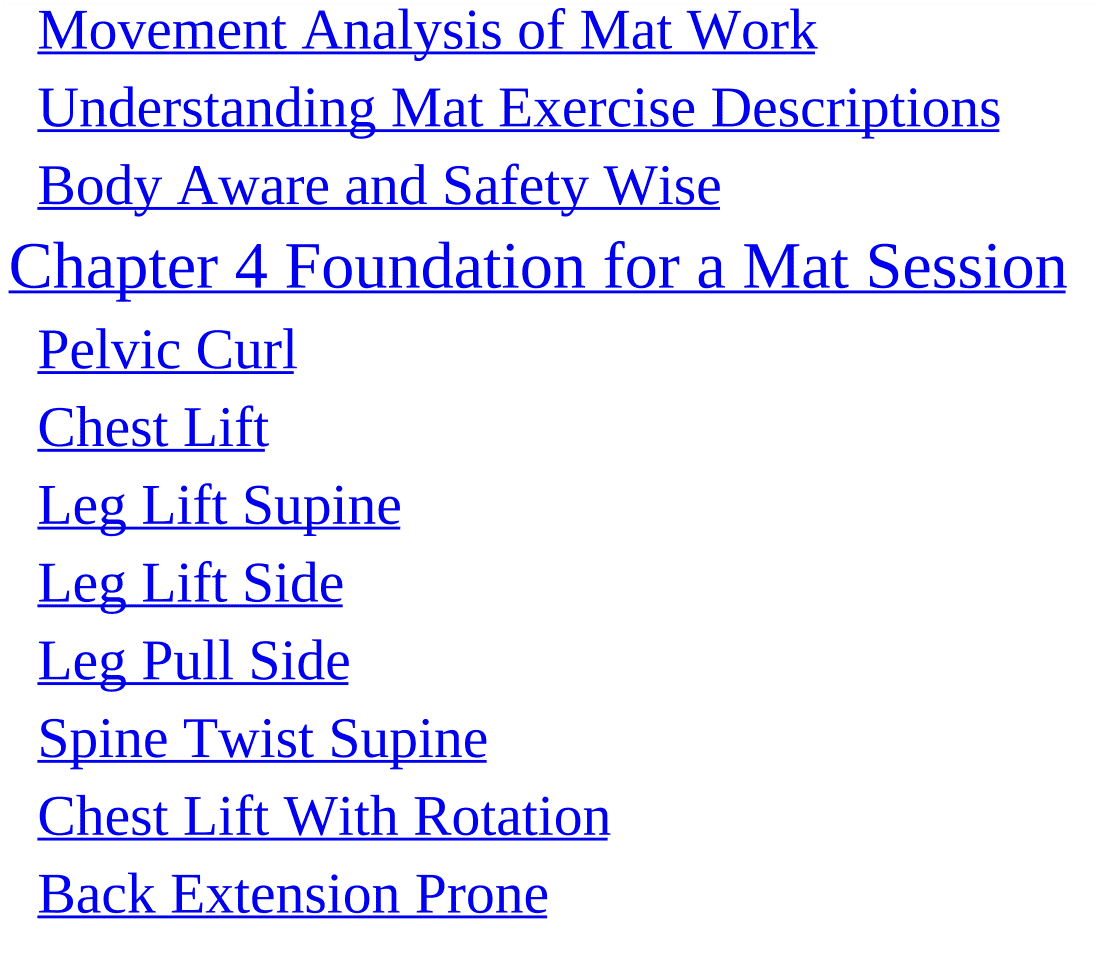
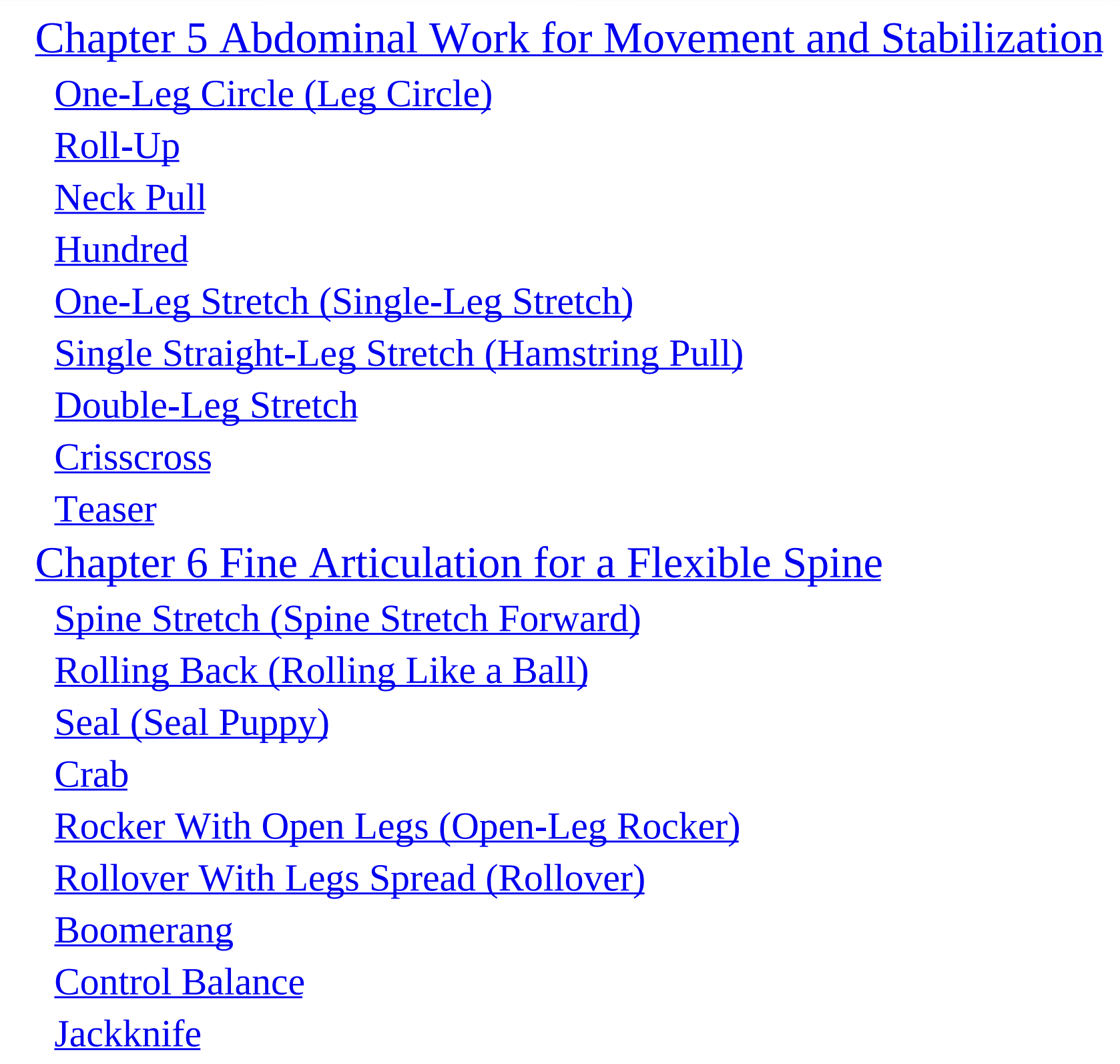
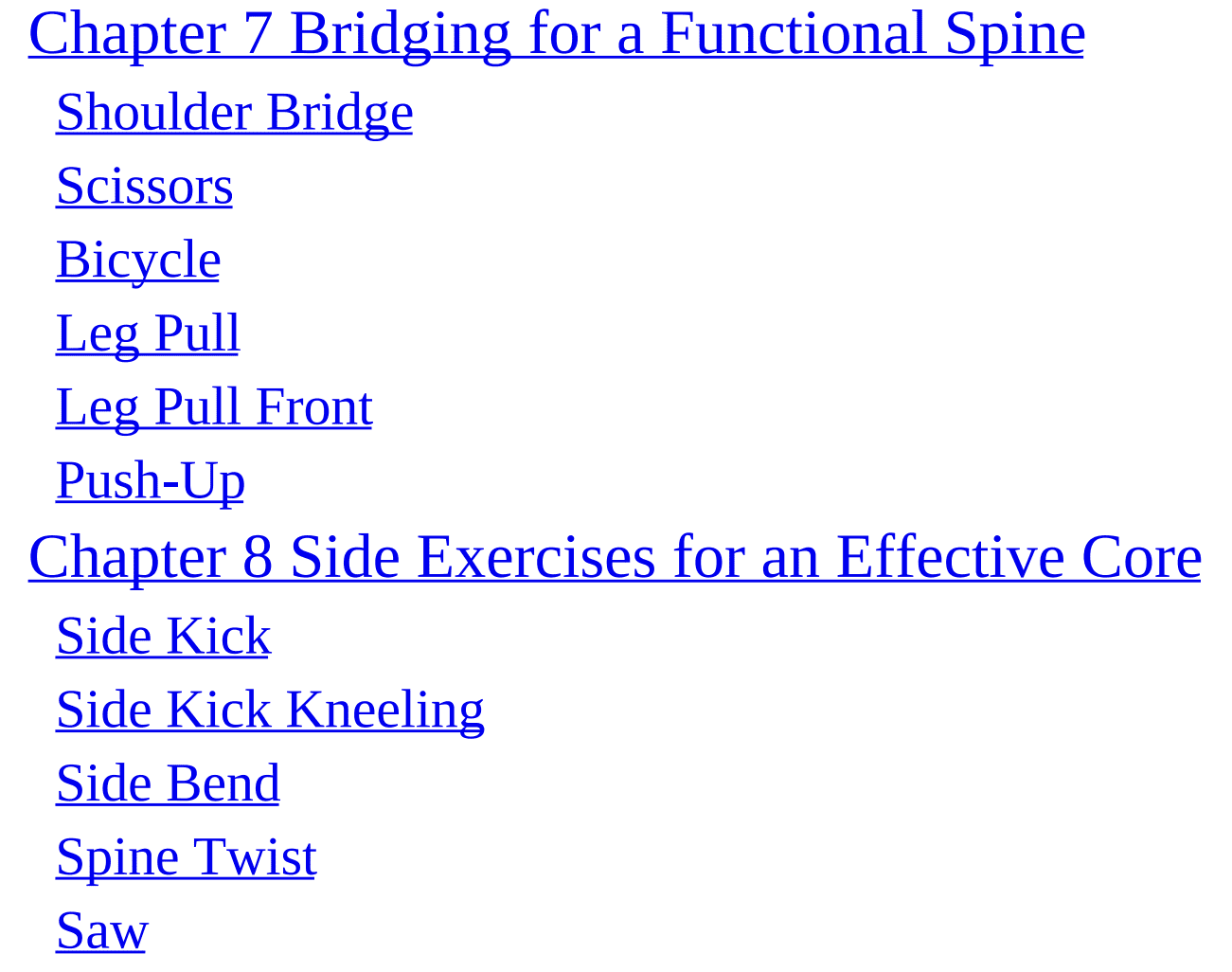
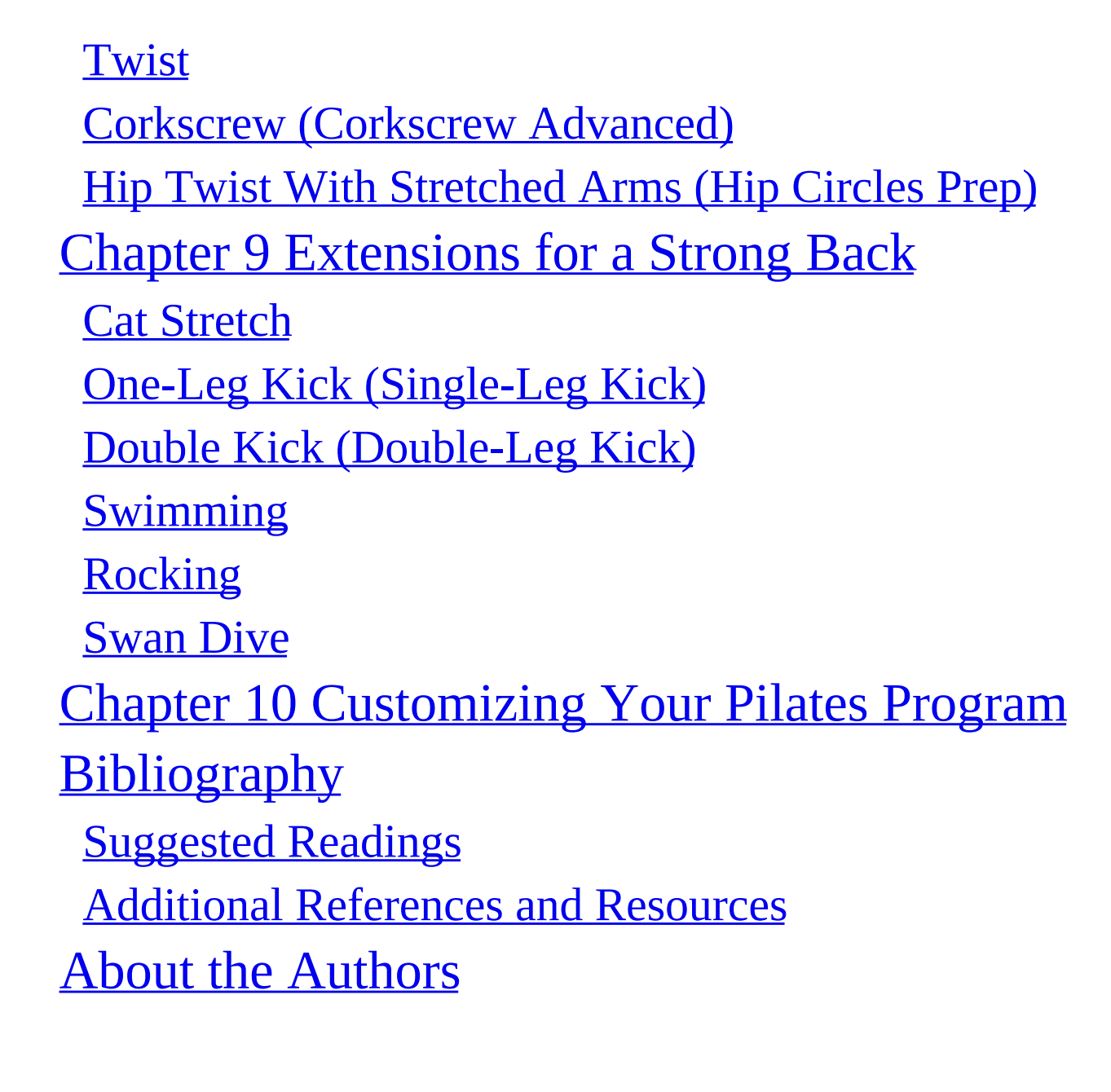


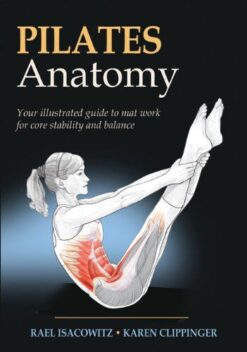
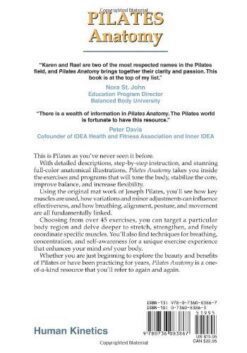
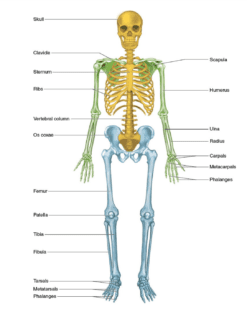
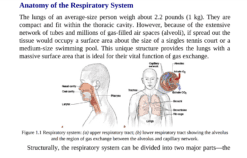
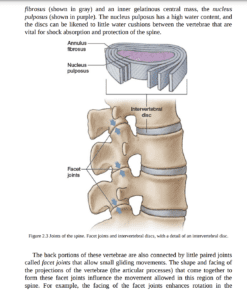
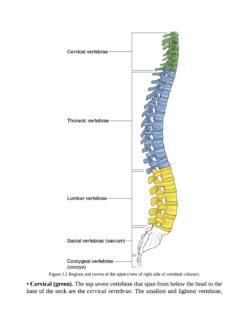
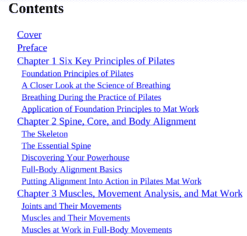
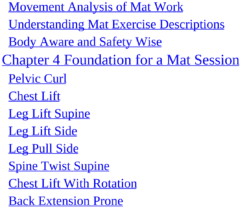
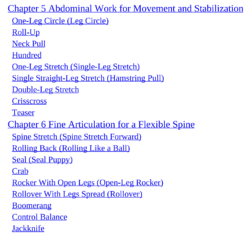
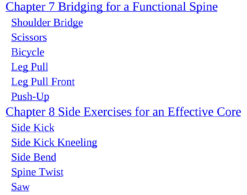
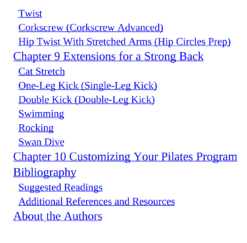


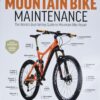
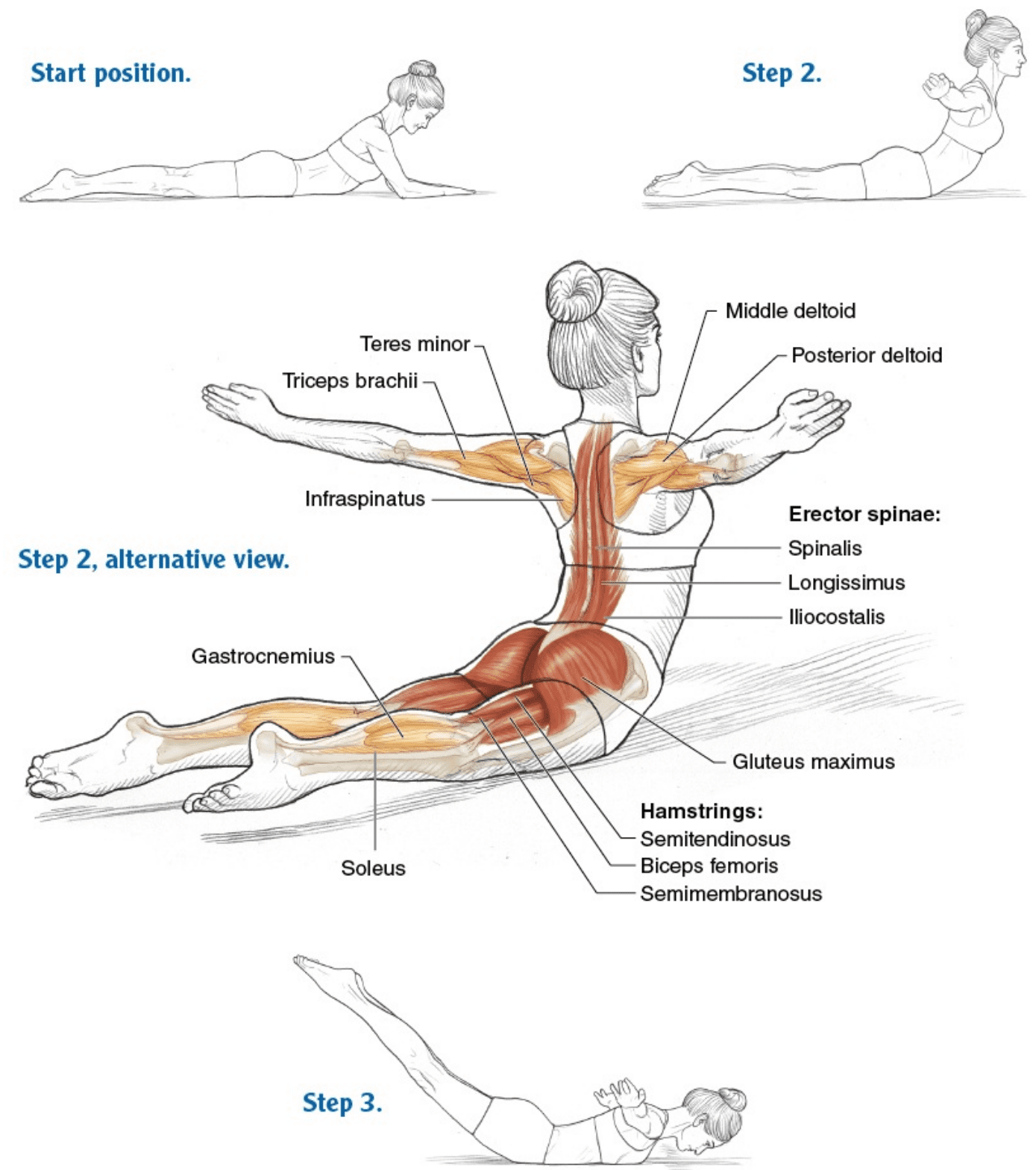







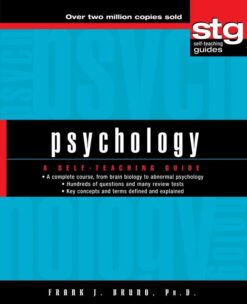
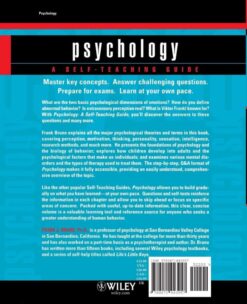

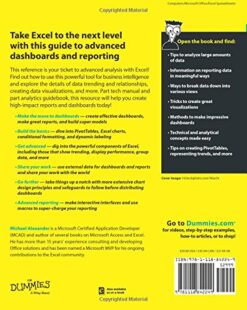

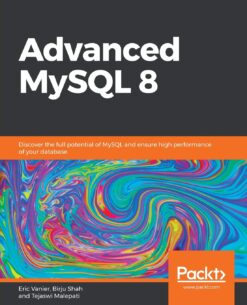
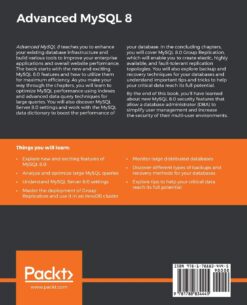

Reviews
There are no reviews yet.